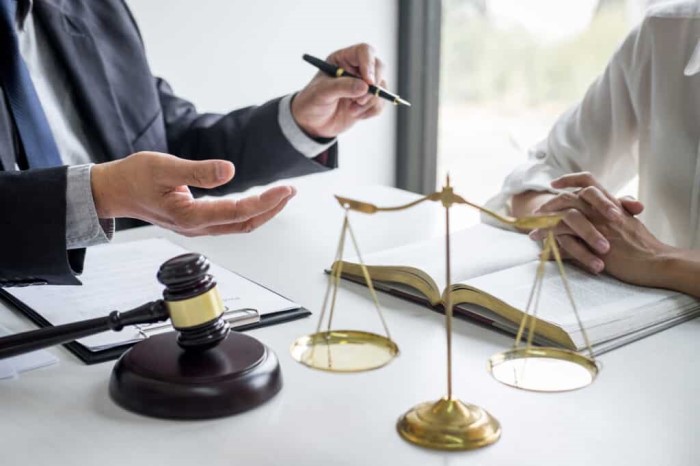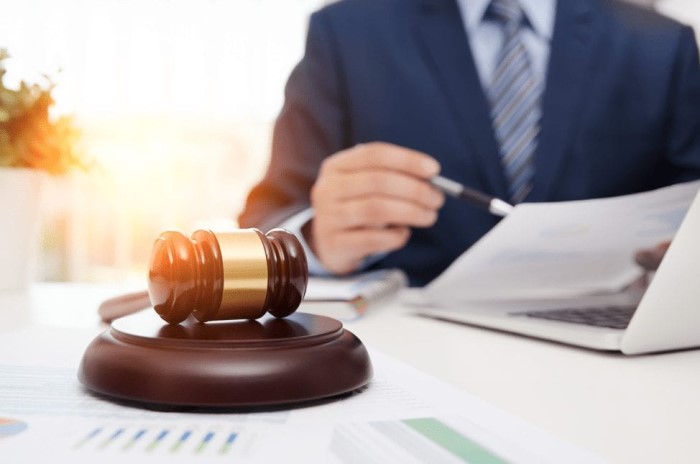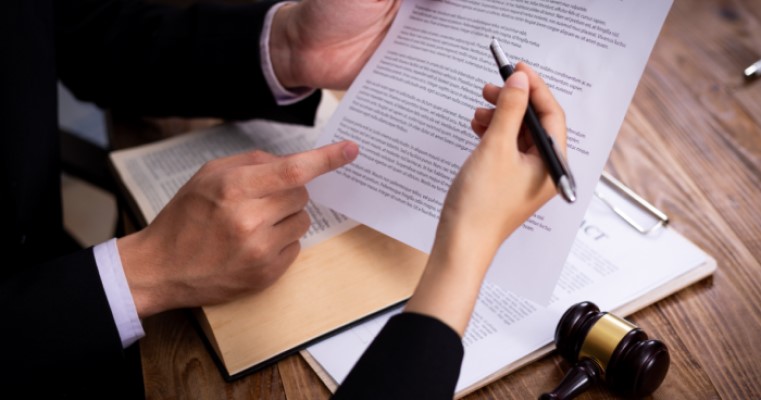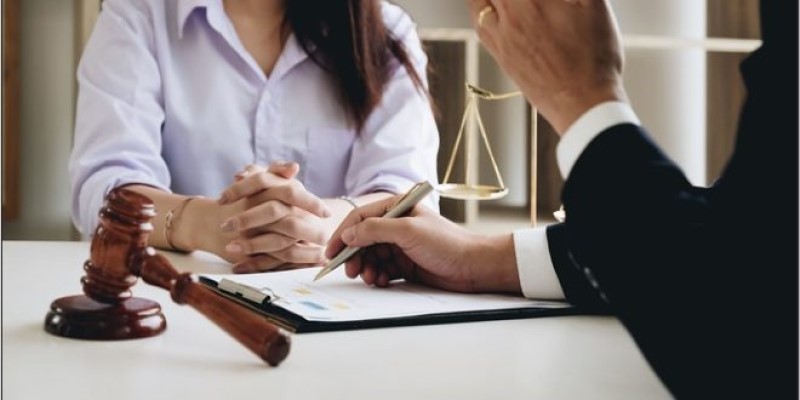In recent years, the fitness industry has witnessed the rise of a new technology called OsteoStrong, which claims to improve bone density and overall strength. However, despite its growing popularity, OsteoStrong has faced several allegations and lawsuits challenging its effectiveness and safety. In this article, we will explore the details of the OsteoStrong lawsuit and delve into the legal challenges and implications surrounding this controversial fitness method.
2. What is OsteoStrong?
OsteoStrong is a non-pharmaceutical, non-invasive system designed to stimulate the musculoskeletal system and improve overall bone strength and density. It involves a series of specialized exercises performed on proprietary equipment that applies pressure to the skeletal structure. The claimed benefits of OsteoStrong include enhanced bone density, increased strength, improved posture, and reduced joint and back pain.
3. The Benefits of OsteoStrong
Advocates of OsteoStrong highlight its potential to address issues such as osteoporosis, age-related bone loss, and musculoskeletal deficiencies. By subjecting the bones to specific forces, it is believed that OsteoStrong can stimulate the natural adaptive responses of the body, leading to increased bone density and strength. Proponents of the method argue that it offers a safe and drug-free alternative to traditional treatments.
4. Allegations and Lawsuits Against OsteoStrong
Despite the promising claims made by OsteoStrong, the method has not been without controversy. Several individuals and organizations have filed lawsuits against OsteoStrong, alleging false advertising, misrepresentation of benefits, and even personal injuries. These lawsuits claim that OsteoStrong’s marketing materials have made misleading claims about the effectiveness and safety of the method.
5. Case Study: John Doe vs. OsteoStrong
One notable lawsuit is the case of John Doe, who alleges that his participation in OsteoStrong sessions resulted in severe muscular injuries and bone fractures. According to his complaint, OsteoStrong’s trainers failed to provide adequate guidance and supervision during the exercises, leading to his injuries. John Doe seeks compensation for medical expenses, pain and suffering, and punitive damages.
6. Legal Implications and Potential Consequences
The OsteoStrong lawsuits raise important legal questions regarding product liability, false advertising, and consumer protection. If the plaintiffs can prove that OsteoStrong made false or misleading claims about its benefits or failed to ensure the safety of its participants, the company may face significant financial consequences. Furthermore, these lawsuits can tarnish OsteoStrong’s reputation and erode the trust of its customers.
7. OsteoStrong’s Response and Defense
OsteoStrong has vigorously defended its practices and refuted the allegations made against it. The company argues that it provides thorough training and supervision to ensure the safety of its participants. OsteoStrong maintains that the method has been proven effective for many individuals and that any negative experiences are isolated incidents. The company has hired legal experts to handle the lawsuits and is determined to protect its reputation.
8. The Future of OsteoStrong and the Lawsuits
The outcome of the OsteoStrong lawsuits will significantly impact the future of the company and the broader fitness industry. If the lawsuits are successful, OsteoStrong may need to reconsider its marketing claims and improve its training protocols. On the other hand, if the court dismisses the allegations, OsteoStrong could strengthen its position in the market. The resolution of these lawsuits will likely shape the industry’s regulatory framework and standards.
9. Conclusion
The OsteoStrong lawsuit presents a critical examination of the claims and practices surrounding this popular fitness method. As the legal battles continue, it is essential to balance the potential benefits of OsteoStrong against the allegations and concerns raised by the lawsuits. The outcome will not only determine the fate of OsteoStrong but also influence the future of similar fitness technologies and the rights and protections afforded to consumers.
10. FAQs
Q1: Is OsteoStrong an effective method for improving bone density?
A1: While some individuals have reported positive results, the effectiveness of OsteoStrong is currently under scrutiny due to ongoing lawsuits.
Q2: What are the potential risks associated with OsteoStrong?
A2: Lawsuits have alleged personal injuries resulting from inadequate guidance and supervision during OsteoStrong sessions.
Q3: Can OsteoStrong be used as a replacement for traditional medical treatments?
A3: OsteoStrong should not be seen as a substitute for medical advice or treatments. It is essential to consult with healthcare professionals before starting any fitness program.
Q4: What should individuals considering OsteoStrong do in light of the lawsuits?
A4: It is advisable to gather all relevant information, consult with medical professionals, and make an informed decision based on personal circumstances and needs.
Q5: Where can I get more information about OsteoStrong and the ongoing lawsuits?
A5: For more information on OsteoStrong and the lawsuits, it is recommended to consult reliable news sources and legal resources specializing in product liability and consumer rights.
In conclusion, the OsteoStrong lawsuit serves as a reminder of the importance of transparency, safety, and accurate marketing in the fitness industry. As the legal proceedings unfold, it is crucial for individuals to remain informed and exercise caution when considering participation in any fitness program.




